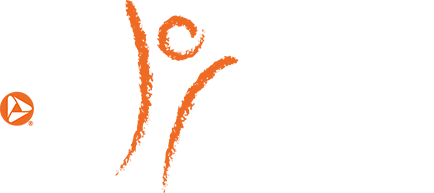While we believe that the books and resources recommended may be of value to you, keep in mind that these are suggestions only and you must do your own due diligence to determine whether the materials are appropriate and suitable for your use. PNC has no sponsorship or endorsement agreement with the authors or publishers of the materials listed.
WINTER

Mittens & Gloves
Children will investigate differences between using mittens and using gloves.

Lesson Objective
Children will explore dexterity and the difficulty of everyday tasks with and without gloves and/or mittens.
ScienceArtMusic
What You'll Need
- A variety of gloves – leather, nylon, wool, cotton – 1 per child
- A variety of mittens – wool, cotton, nylon – 1 per child
- A variety of different small classroom items – such as paper, pencils, crayons, and small toys
- Large tray – 1 per classroom
What To Do
- Display a tray of the everyday classroom items that you have collected for this activity.
- Allow the children to handle the items using their hands.
- Distribute gloves and mittens; have the children put them on.
- Discuss reasons for wearing gloves and mittens (see Did You Know?).
- Have the children handle the items; discuss the difficulty in handling these items first using the gloves and then using the mittens (see Did You Know?).
- Give the children time to try out the different mittens and gloves while trying to grasp things.
- Have the children try to do everyday tasks while wearing mittens, such as picking up a piece of paper, a crayon, or a cup. Have them try to turn on a faucet, use the water fountain, or write their name.
- Have the children try the same tasks while wearing gloves; compare and discuss (see Guiding Student Inquiry).
- Discuss the difficulty that they have with attempting these tasks while wearing the gloves or mittens as opposed to not wearing them (see Guiding Student Inquiry).
Resources
Home School Resources
Home educators: use these printable lesson PDFs to teach this lesson to your home schoolers. They're available in English and Spanish.
Content Provided By
Common Core State Standards Initiative – These lessons are aligned with the Common Core State Standards ("CCSS"). The CCSS provide a consistent, clear understanding of the concepts and skills children are expected to learn and guide teachers to provide their students with opportunities to gain these important skills and foundational knowledge [1]. Visit the CCSS


